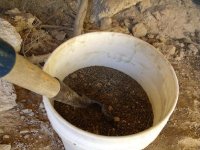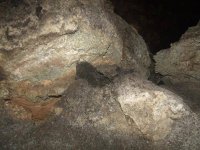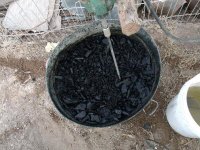C
Carlos Danger
In the 19th century when guano was "discovered" by Europeans they already had synthetic nitrogen, so phosphorus was the limiting factor in crop yields. When the Europeans discovered the tropical guano islands they literally reduced them to the ground. One island had built over years of shit deposits into an island eight miles square - all gone now. Guano is far better protected these days. No one in 1860 even comprehended sustainability. So things are moving in the right direction. I wish I could get some of that sweet sweet ancient guano they all used up. What I've read seems to indicate the old piles the 19th century used up were higher in nutrition.
Oh! A US law on 1856 said if you found an unclaimed guano island you could claim it all for your own private ownership. This was big money, more so than now.
Oh! A US law on 1856 said if you found an unclaimed guano island you could claim it all for your own private ownership. This was big money, more so than now.





